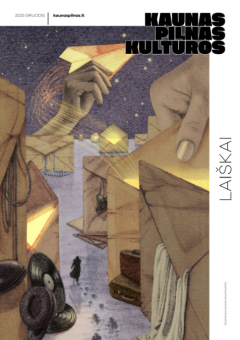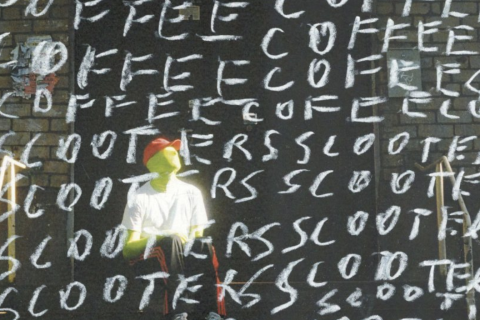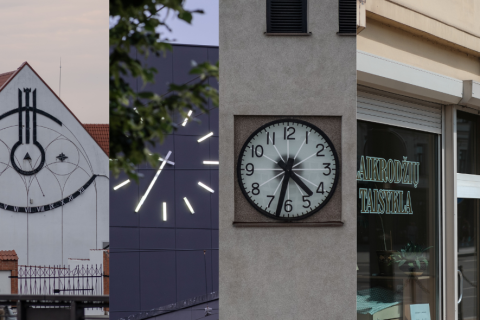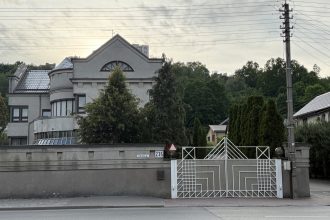Povilas Gadliauskas was born in Kaunas but grew up in Skirsnemunė, a small town by the Nemunas River, where history is alive wherever you turn your head, even downward. Today, the archaeologist works at the Kaunas City Museum.
Until the end of the year, you can visit the exhibition The Memory of the City: The Archaeologists, curated by him and his colleague Lina Mikalkėnaitė, at Kaunas Town Hall. The exhibition showcases the archaeological work of Mindaugas Bertašius and Dainius Balčiūnas, and I decided to ask Povilas about his life’s journey.

You could say that my fascination with archaeology started in childhood. Our family plot in Skirsnemunė is on what used to be a marketplace, so while planting the garden or digging beds, we often found coins. To me, as a six- or seven-year-old child, they just looked like shiny trinkets, but they always brought a constant sense of discovery. My parents also liked to talk about history. And the region itself has a rich past – Skirsnemunė was an important outpost during the time of the Teutonic Knights, full of archaeological sites.
One of the main inspirations was the family’s connection with Vytautas Urbanavičius, a well-known Lithuanian archaeologist who discovered some of the Cathedral’s treasures and explored the Palace of the Grand Dukes. He was my grandfather’s classmate. When I was fourteen, a conference was held in Skirsnemunė, and Urbanavičius was among the attendees. My mother told me to go talk to him. I ran up and said, “Sir, I want to be an archaeologist.” He turned to me and said, “There are enough beggars in Lithuania.” Only later did I realize that this wasn’t a rejection but a test to see if I was truly committed. Once I was studying archaeology, we communicated frequently – working on excavations and sharing stories; we were linked by our common background and interests.
I started off on a different path, moving to Aberdeen, Scotland, where I studied economics and finance for a year and a half. At first, it seemed like a good fit; it was interesting, but in my second year, I realized that it wasn’t for me. After returning to Lithuania at the age of twenty, I retook the geography graduation exam so that I could apply to study archaeology.
I had about half a year of free time before my studies began. I decided to test whether I really wanted to pursue this path. I contacted archaeologist Vytautas Juškaitis – also from our region – and joined his team. We worked near a power line being built to Poland through Alytus. The conditions were tough: we lived on-site, sometimes slept in the car, temperatures soared to 34 degrees Celsius, and we had to peel the clay like bricks, literally. But that month and a half didn’t discourage me.
Once I was admitted, the practical training began. The first one took place in Kernavė. And there it wasn’t just the physical work that tested you – the lecturers also watched how well you endured. Later, in the second year, we explored the crypt of a Ukrainian Greek Catholic Church monastery in Vilnius, near the Gate of Dawn. We exhumed remains, counted how many people had been buried in that crypt among the debris and chunks of concrete, and tried to determine whether a saint might have been among them. The third practical training took place in the Utena district, near a hillfort. We were excavating and sifting the soil, and we found the remains of thousand-year-old fish and ancient awls.
I wrote my bachelor’s thesis about the Veliuona microregion. My master’s thesis was dedicated to fish archaeology. Since I grew up near the Nemunas River, I am familiar with fishing, and the remains of fish can tell us a lot about the diet: the bones and scales can be used to identify the species of fish: carp, pike, perch. Based on size, you can tell what kind of fish were eaten. One unexpected discovery was a fragment of the spine and cranial connecting bone of a marine fish known as the sabrefish (Pelecus cultratus) found in Kaunas. Until then, such a find had not been recorded in archaeological material in Lithuania. This is proof that this fish migrated to Kaunas.
Summer is the busiest time. When the weather is good and the heat is not too unbearable, archaeologists try to spend as much time as possible in the fields. The work is rarely tied to one place – you go wherever the object is. There is a lot of travelling, but it is also the busiest time of the year.
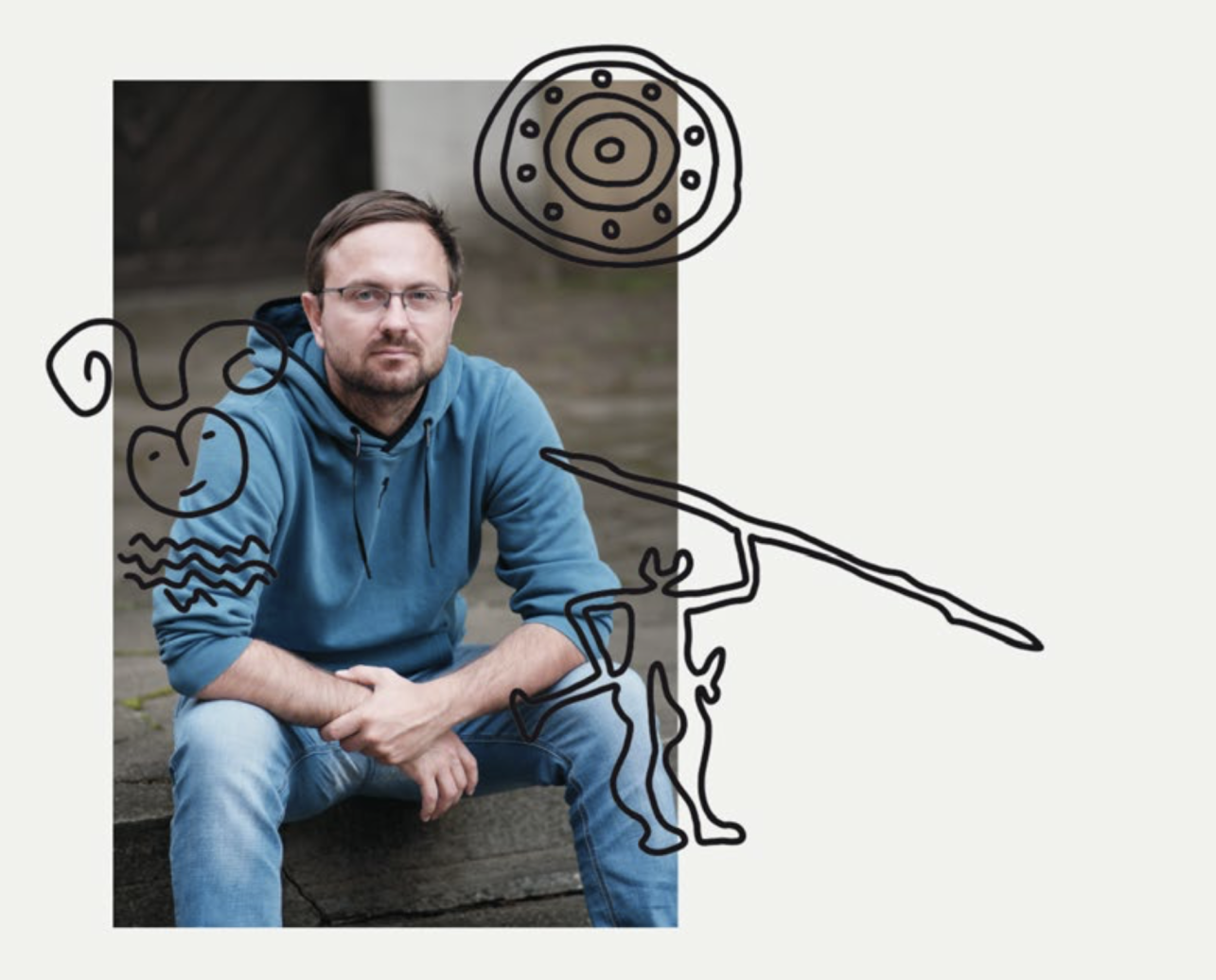
Objects are usually commissioned by private individuals or companies. For example, if someone wants to build a house on a cultural heritage site, an exploratory research must be conducted, and if any findings are discovered, detailed investigations are required. The same applies to municipalities: when renovating streets or doing other ground-disturbing work, they hire archaeologists. Of course, builders are rarely interested in archaeologists’ success. The archaeologist is often seen as the one who delays progress. But this work is essential – we often hear from older archaeologists about how much heritage was destroyed during the Soviet era. Back then, excavations were often conducted without proper documentation. “Well, we are digging over there, if you like, run and have a look.” Right near the end of Mindaugo Avenue, by the bridge, there were many burial grounds, but everything was dug up. Only fragments remain. And when you destroy that layer, you irreversibly lose the possibility of reconstructing part of history.
Is archaeology more of a detective story or poetry? Definitely a detective story. Our goal is not to tell stories, but to find facts. Of course, interpretations are inevitable. Historians rely on written sources, but they also require interpretation. We have an object and its context, and our job is to fit it into a broader picture. It’s essential to know as much as possible but also to remain sober-minded – not a poet, but a detective.
Sometimes, of course, we touch on very human things. When we were exploring the Ukrainian Greek Catholic Church’s crypt, we found skulls with cut marks. Inevitably, you start thinking about those people’s final moments. Or when studying bones, you see signs – arthritis, poorly healed fractures, traces of tuberculosis. Then you don’t just feel history, you feel human suffering. Paradoxically, suffering from the past comes through more strongly than joy.
Although I studied in Vilnius, Kaunas has always been close to my heart. The Panemunė region, the line of the Nemunas River, just a few dozen kilometers from Skirsnemunė, all feels very familiar. After I started working at the Kaunas City Museum, I began to get to know local archaeologists and their research more closely, and some of the finds from Kaunas city or district – through various archaeological digs – are directly added to our collections. By law, they must be transferred to the museum. This process gradually helps me see a broader picture – what has been studied and which layers are still layers.
A few years ago, while preparing the Kaunas Town Hall exhibition, we received some organic finds – leather items discovered during archaeological excavations on Vilniaus Street. It was a fascinating process because organic materials usually don’t survive in the soil: they rot, they disintegrate. In this case, we were lucky – the finds were located in a depression that had been flooded with water. The lack of oxygen allowed the material to be preserved. However, such finds are very fragile – as soon as they begin to dry out, their structure collapses. So, we kept everything submerged in water, then sent them out for conservation, and later wrote a project proposal to secure funding for restoration.
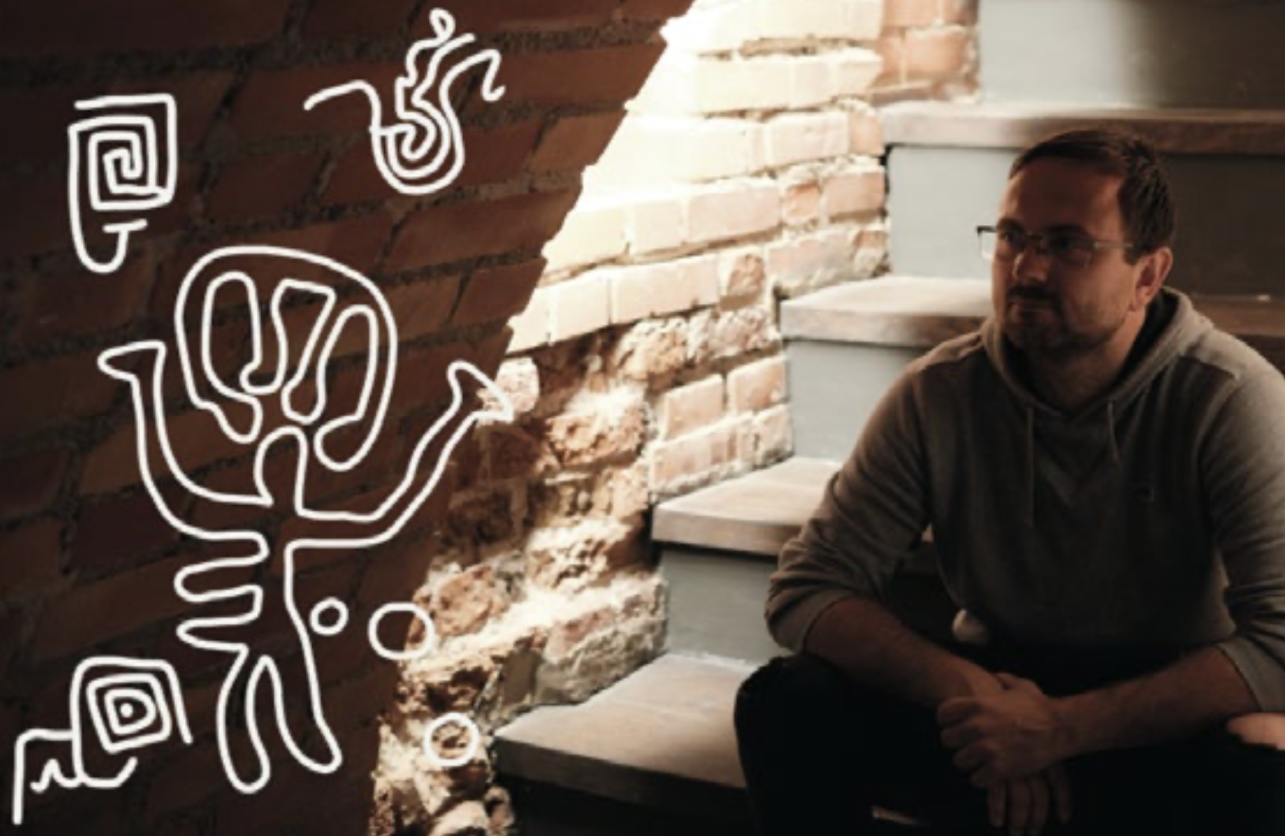
After restoration, the largest fragment – part of a bast shoe made from linden bark – was placed in the Town Hall, where it is now on display. Such ancient leather finds are extremely rare in Lithuania, and we’re proud to have an example like this in Kaunas. Among the more interesting exhibits is also the Santaka treasure, discovered at the beginning of my time at work. A treasure of early 15th-century silver coins – Prague groschen and Vytautas denars, a total of 72 pieces – is also now exhibited in the Town Hall.
Working in a museum changes an archaeologist’s relationship with the finds. We document and organize all artifacts, but not all of them end up in exhibitions. In archaeological excavations in Lithuania, we very often find what’s known as urban black pottery, which has low informational value – it’s extremely common, and its shapes remain nearly unchanged for decades. However, every find is included in the collection because it is still archaeological material. And it is the exceptional, rarer items that are particularly valuable for display, which open up new perspectives, such as the aforementioned leatherwork or the coin hoard.
Alongside this work comes a slow but inevitable “professional unfolding” – the archaeological imagination is constantly at work as one walks the streets, looking at the terrain. You notice irregularities in the ground and observe where something might have once been. Even in the city, you watch the ground beneath your feet, whether it’s coins or fragments. It’s a kind of professional deformation. Just as a photographer sees light, an archaeologist sees layers.
The streets and terrain of Kaunas also tell a lot. For example, we know that Vilnius Street used to be hilly. It was flattened in the 19th century, and this is evident from the studies of the cultural layer. In some places, the layer was simply dug out to the sterile soil, with fragments remaining nearby. This allows us to draw conclusions about the city’s transformations. Sometimes unexpected finds, such as preserved leather, provide a unique opportunity to show the wider public how organic objects can survive if specific conditions are met.
Archaeology today is very broad. Everyone specializes in their own area, but you still have to understand the wider context. I myself delved into fish archaeology – analyzing bones and scales, which can be used to determine fish species, sizes, and dietary habits. Colleagues work with animal remains, plants, and even reconstructions of dog breeds.
Technology is changing a lot in archaeology. In the past, everything was documented by hand, but now we have 3D scanners, photogrammetry, and even attempts to apply artificial intelligence. For example, using LiDAR maps, AI is being used to try to detect potential settlements or hillforts by analyzing terrain. For now, it’s an additional tool, but it holds potential. There are also attempts to use AI for pottery classification, but that still presents many challenges: pottery is highly individual, with countless shapes, breaks, and nuances that only the human eye and experience can truly assess.
The principle of archaeologists still holds: if an object doesn’t need to be studied right now, it’s better to leave it for future researchers. An archaeological excavation is also a form of destruction: once a site is dug up, it becomes unsuitable for a second researcher. So everything must be documented with the utmost care. In the future, methods will likely become even more precise, and documentation more advanced, but excavation will still be necessary, as some data simply can’t be obtained any other way.
Future archaeologists, when looking back at our times, will reserve the right to interpret. What will they see? Our excessive production? Construction culture? Ecological crises? It’s unclear. But the fact that we’re leaving a distinct trace is undeniable. As always, only time will tell what was important and what was merely noise.
As for the global context, each country has its own research specifics. In Lithuania, for example, there are no remnants from the Roman period, so there are fewer specialists in that area. Meanwhile, in countries like Italy or Germany, where Roman heritage is abundant, entire fields of research are dedicated to it. Lithuanian archaeologists mostly rely on the local context – the history of their own land. Growing up by the Nemunas River, fishing has always been a part of my life, so the study of fish naturally became my area. In this profession, personal connection is inseparable from work.
Some people ask – what’s the thrill in archaeology, if a large part of it is hard, slow, and monotonous? The thrill comes from curiosity. That feeling when you go to a site not knowing what you’ll find. When a find tells a story. When your research contributes to how the history of your own region is told. When you feel you are part of a process that connects the past with the present.
